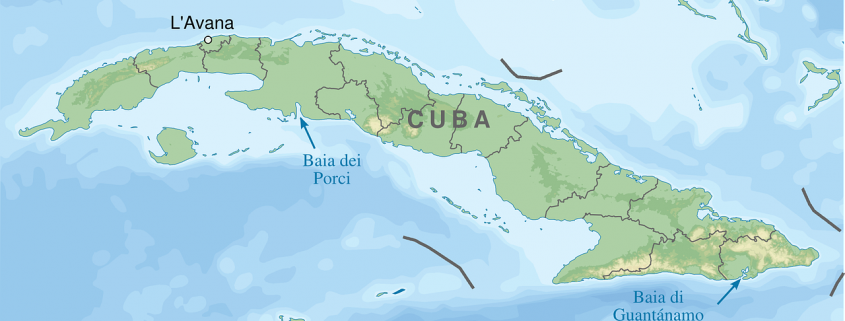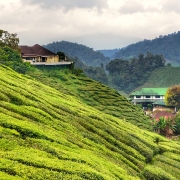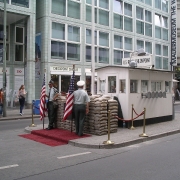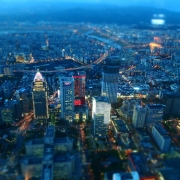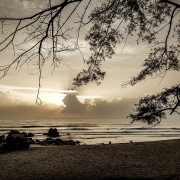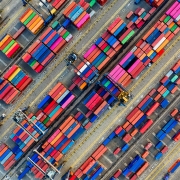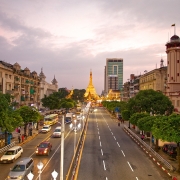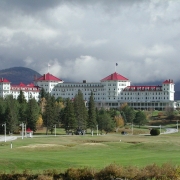What happened during the Bay of Pigs invasion?
Topic of Study [For H2 and H1 History Students]:
Paper 1: Understanding the Cold War (1945-1991)
Section A: Source-based Case Study
Theme I Chapter 2: A World Divided by the Cold War – Manifestations of the global Cold War: Cuban Missile Crisis (1962)
Historical Context: Castro’s Rise
After Castro’s successful victory against the US-backed military dictator Fulgencio Bastista on 1 January 1959, he became the Prime Minister of Cuba on 16 February. Two months later, the new Cuban leader received an invitation from the American Society of Newspaper Editors to visit the United States. Although American President Dwight Eisenhower refused to meet Castro, Vice President Richard Nixon had a short discussion with him.
He seems to be sincere. He is either incredibly naive about Communism or under Communist discipline—my guess is the former, and as I have already implied his ideas as to how to run a government or an economy are less developed than those of almost any world figure I have met in fifty countries.
But because he has the power to lead to which I have referred, we have no choice but at least to try to orient him in the right direction.
An excerpt by Vice President Richard Nixon on Castro, during Castro’s visit to Washington, 19 April 1960.
A diplomatic relationship gone sour: Nationalization
In view of the previous administration’s cooperation with the US that led to the perceived economic exploitation of Cuban resources, Castro’s government embarked on a series of nationalization policies to restore domestic control.
Public utilities, electricity and telephone services all belonged to the United States monopolies. A major portion of the banking business, of the importing business and the oil refineries, the greater part of the sugar production, the best land in Cuba, and the most important industries in all fields belonged to American companies. The balance of payments in the last ten years, from 1950 to 1960, had been favorable to the United States with regard to Cuba to the extent of one thousand million dollars.
An excerpt from Fidel Castro’s address to the United Nations General Assembly, 26 September 1960.
As observed from his speech at the United Nations General Assembly (Interestingly, Castro’s speech is recognised as the longest ever made at the United Nations – 269 minutes) revealed his motives to pursue nationalization.
An anti-Castro rhetoric: The Bay of Pigs invasion
In retaliation, the Eisenhower administration severed diplomatic relations with Cuba on 3 January 1961. The Americans feared that Communism had taken root in the Latin American region. Subsequently, the US government planned to remove Castro from power, starting with Eisenhower’s allocation of $13 million to the Central Intelligence Agency (CIA) to support Cuban counter-revolutionary forces (known as Brigade 2506). Before John F. Kennedy’s inauguration on 20 January 1961, he was made aware of the anti-Castro CIA plans.
However, the invasion was a disaster. On 17 April 1961, Brigade 2506 arrived at the Bay of Pigs and came under heavy fire. Castro commanded nearly 20,000 troops to storm the beach. Over the next 24 hours, nearly 1200 members surrendered and more than 100 were killed.
Deterioration of Cuban-U.S. relations
Following the humiliating defeat at the Bay of Pigs, Kennedy remained steadfast and launched Operation Mongoose. The main aim of the operation was to destablize the Cuban government. However, these acts of aggression convinced Castro that Soviet military support was necessary, thus bringing the world closer to the Cuban Missile Crisis in October 1962.
Still the strategies used under Operation Mongoose were the brainchild of two men, Air Force General Edward Lansdale , representing the Department of Defense, and William King Harvey of the CIA.
…Some of these plans were in the psychological operations realm, such as propaganda campaigns, and other plans were designed to denigrate the image of Castro among the Cuban people. Some involved acts designed to either disrupt or sabotage the Cuban government and economy, such as the destruction of Cuba’s sugar crop and mining of Cuba habors.
An excerpt taken from “Encyclopedia of U.S. – Latin American Relations” by Thomas Leonard, Jurgen Buchenau, Kyle Longley, Graeme Mount
What can we learn from this article?
Consider the following question:
– How far do you agree that the Bay of Pigs invasion was the result of Castro’s nationalist policies?
Join our JC History Tuition and learn more about the Cuban Missile Crisis as well as other Cold War topics.
The H2 and H1 History Tuition feature online discussion and writing practices to enhance your knowledge application skills. Get useful study notes and clarify your doubts on the subject with the tutor. You can also follow our Telegram Channel to get useful updates.
We have other JC tuition classes, such as JC Math Tuition and JC Chemistry Tuition. For Secondary Tuition, we provide Secondary English Tuition, Secondary Math tuition, Secondary Chemistry Tuition, Social Studies Tuition, Geography, History Tuition and Secondary Economics Tuition. For Primary Tuition, we have Primary English, Math and Science Tuition. Call 9658 5789 to find out more.

